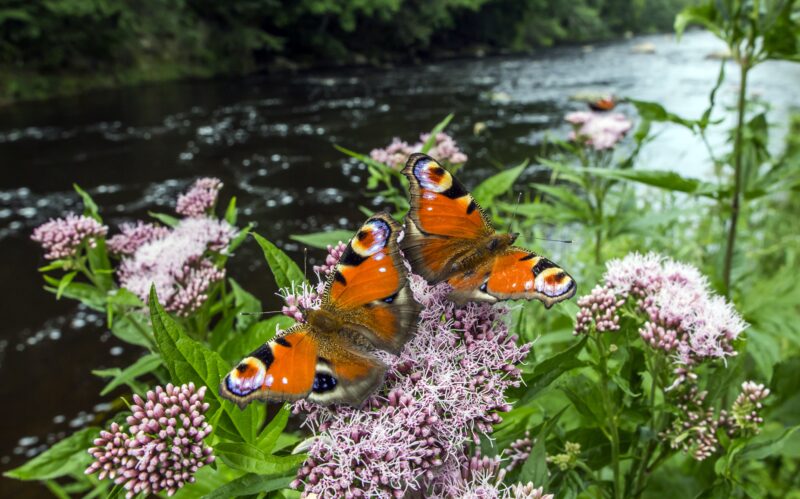Make a plant selection chart like the one below for your garden:
- Plant Code: Bu
- Common & Scientific Names: Asclepias tuberosa/Butterfly Milkweed
- Flowering Period: JJA
- Flower Color: Orange
- Height: 3′
- No. of Plants: 8
Layout your garden on graph paper. Color code the individual groups of local native wildflower and grass species. Use design codes to show plant grouping locations. Use seed catalogs from native plant suppliers in your area or their websites.

